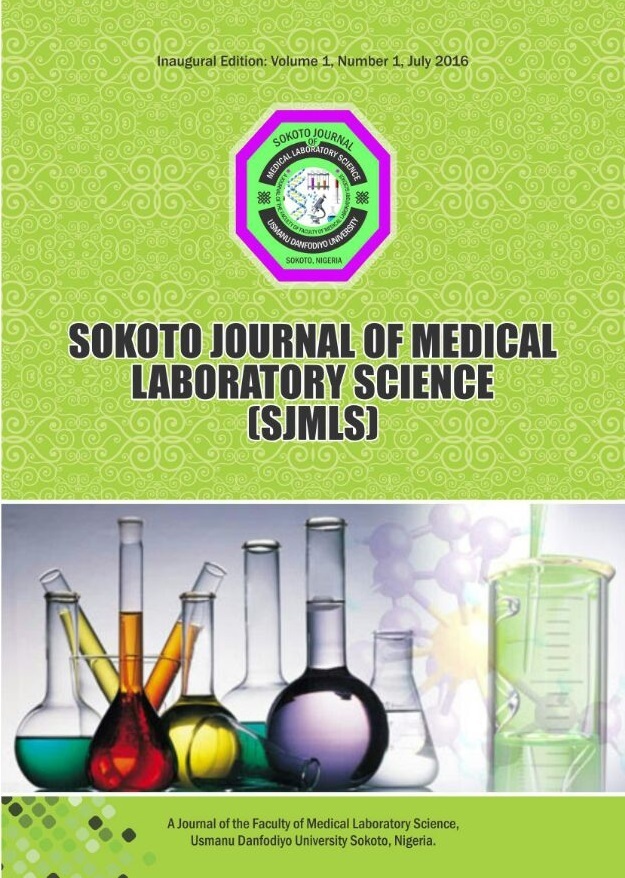Distribution of TEM, SHV, OXA AND CTX-M Genes among ESBL- producing E. coli Isolates from Patients with Urinary Tract Infections.
Keywords:
Extended spectrum beta- lactamase, E. coliAbstract
The emergence of extended-spectrum beta-lactamases (ESBLs) are as a result of transmission among Gram negative bacteria, usually by horizontal gene transfer. The epidemiology of ESBL genes is changing rapidly and shows marked geographic differences in distribution of genotypes. In this study, isolation of extended- spectrum beta- lactamase producing E. coli in patients with bacteriuria in parts of Edo state, Nigeria was carried out using the urine of patients with UTI in selected teaching hospitals namely : University of Benin Teaching Hospital (UBTH), Irrua Specialist Teaching Hospital, Irrua (ISTH) and Igbinedion University Teaching Hospital, Okada
(IUTH). A total of 3,378 urine samples were cultured into Blood agar, Cysteine lactose electrolyte deficient (CLED) agar and MacConkey agar and incubated aerobically at 37°C. Isolated E. coli had resistance of 38.5%, 43.9%, 36.4%, 38.5% and 52% to cefuroxime, ceftazidime, cefixime, ceftatriaxone and cefotaxime respectively. Phenotypic detection of ESBL producing E. coli was done using the double disk synergism. ESBL- producing E. coli had prevalence of 1.5%, genomic DNA extraction was carried out on the E. coli that were ESBL positive and hybridization effected using specific primers for the assayed genes. The BlaTEM, BlaCTX, BlaOXA and BlaSHV genes had prevalence of 33.3%, 53.3%, 6.7% and 6.7% respectively. This study has established the presence of these resistant genes among the E. coli isolates from patients with urinary tract infections.




